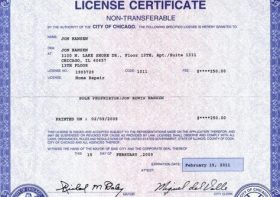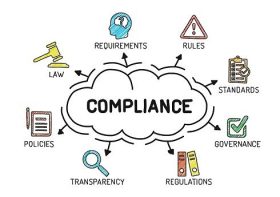Intellectual Property Rights: Safeguarding Your Creations

Intellectual property rights (IPR) play a vital role in protecting the creations of individuals and businesses. Whether you’re an artist, writer, inventor, or entrepreneur, understanding and safeguarding your intellectual property is crucial to prevent others from profiting off your hard work. In this article, we will delve into the significance of intellectual property rights and explore various measures to protect your creations.
What is Intellectual Property?
Intellectual property refers to creations of the mind, such as inventions, logos, literary and artistic works, designs, and symbols used in commerce. It is divided into several categories:
Patents: Patents protect new inventions and grant exclusive rights to the inventor for a limited period.
Copyrights: Copyrights protect original literary, artistic, and musical works.
Trademarks: Trademarks include brand names, logos, and symbols that distinguish products and services.
Trade Secrets: Trade secrets are confidential and valuable business information that gives a competitive advantage.
Industrial Designs: Industrial designs protect the unique visual aspects of a product.
The Importance of Intellectual Property Rights
Intellectual property rights are essential for several reasons:
1. Protection of Investment
By securing intellectual property rights, creators and investors can protect their investments in research, development, and innovation. It encourages individuals and businesses to continue creating and investing in new ideas and technologies.
2. Incentivizing Creativity and Innovation
IPR provides an incentive for individuals to innovate and create new works. Knowing that their creations are protected from unauthorized use, innovators are more likely to take risks, explore new avenues, and push the boundaries of their fields.
3. Economic Growth and Job Creation
The respect and enforcement of intellectual property rights can stimulate economic growth by fostering a competitive environment. By safeguarding their creations, inventors and creators can profit from their work, which leads to job creation and increased revenue streams.
4. Protection Against Counterfeiting and Piracy
Intellectual property rights aid in the fight against counterfeiting and piracy. Counterfeit products not only compromise the quality and safety of goods but also harm the reputation and revenue of genuine creators and brand owners.
Protecting Your Intellectual Property
While intellectual property rights are automatic in some cases, taking proactive measures to protect your creations is crucial. Below are some steps you can take:
1. Registration
Consider registering your intellectual property with the relevant authorities. For patents, copyrights, and trademarks, registration provides legal evidence of ownership and makes it easier to protect your rights in court if necessary.
2. Confidentiality Agreements
If you have trade secrets that give your business a competitive edge, ensure that everyone involved signs a confidentiality or non-disclosure agreement. This prevents employees or business partners from leaking your valuable information.
3. Licensing and Contracts
When sharing or selling your intellectual property, use licensing agreements and contracts to clearly define the rights and limitations of the other party. Proper contracts can help prevent unauthorized use and ensure fair compensation.
4. Monitoring and Enforcement
Monitor the market for any unauthorized use or infringement of your intellectual property rights. If you detect a violation, take prompt action to enforce your rights, such as sending cease and desist letters or pursuing legal action if necessary.
5. Educate Employees and Partners
Maintain a culture of awareness and respect for intellectual property within your organization. Educate your employees and partners about the importance of IPR and provide guidelines on how to handle confidential information.
International Considerations and Emerging Challenges
Intellectual property rights vary across countries, so it’s crucial to understand the specific regulations and requirements in the jurisdictions where you operate or aim to protect your creations. Additionally, emerging challenges like digital piracy and global counterfeiting networks pose new threats to intellectual property rights. Stay informed about the latest trends and technologies related to intellectual property protection to adapt your strategies accordingly.
Conclusion
Intellectual property rights serve as a crucial tool to protect and safeguard your creations, ideas, and innovations. Understanding the different types of intellectual property and taking proactive measures to secure your rights can lead to economic growth, encourage innovation, and deter infringement. By valuing intellectual property rights, you can ensure that your hard work is protected and that you receive the recognition and rewards you deserve.


